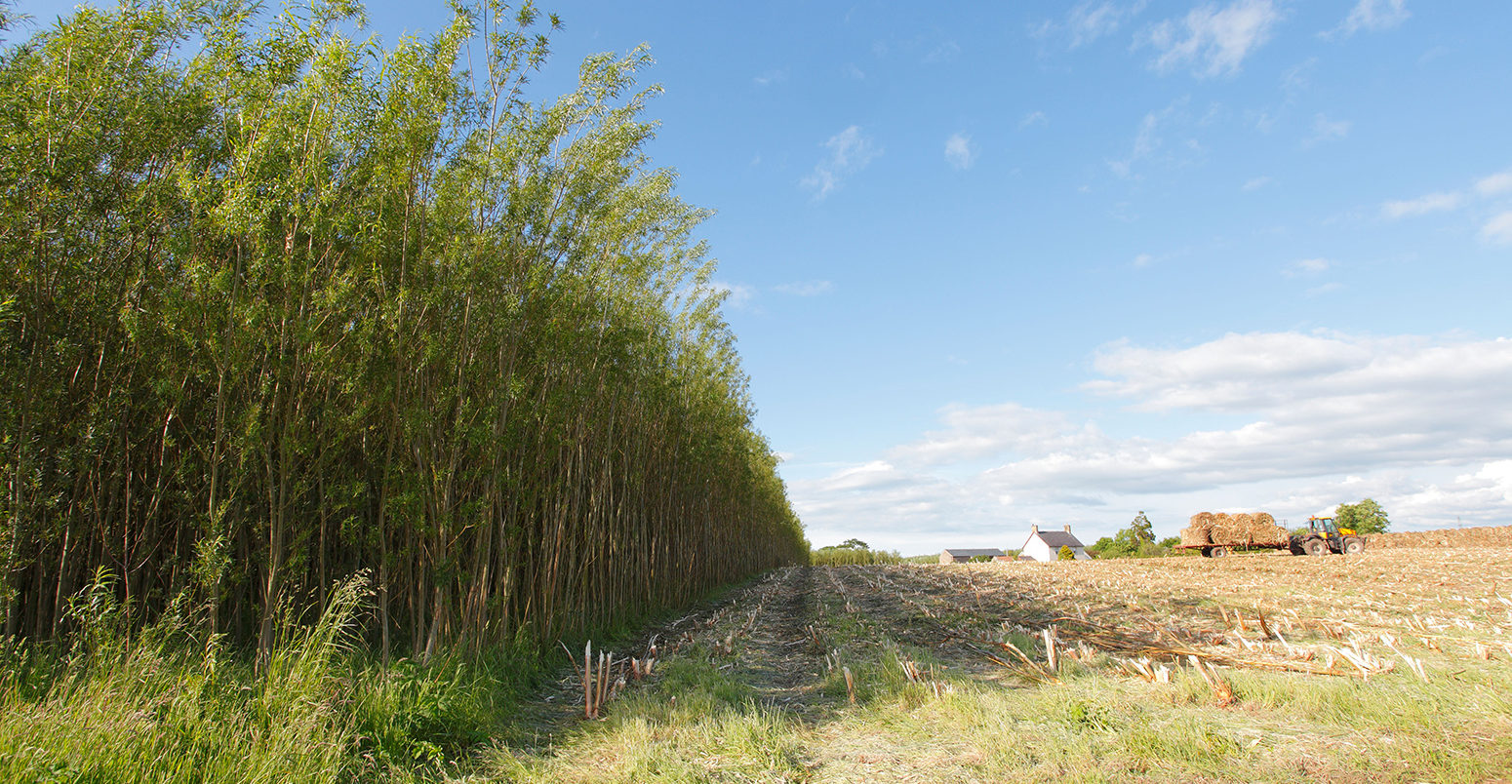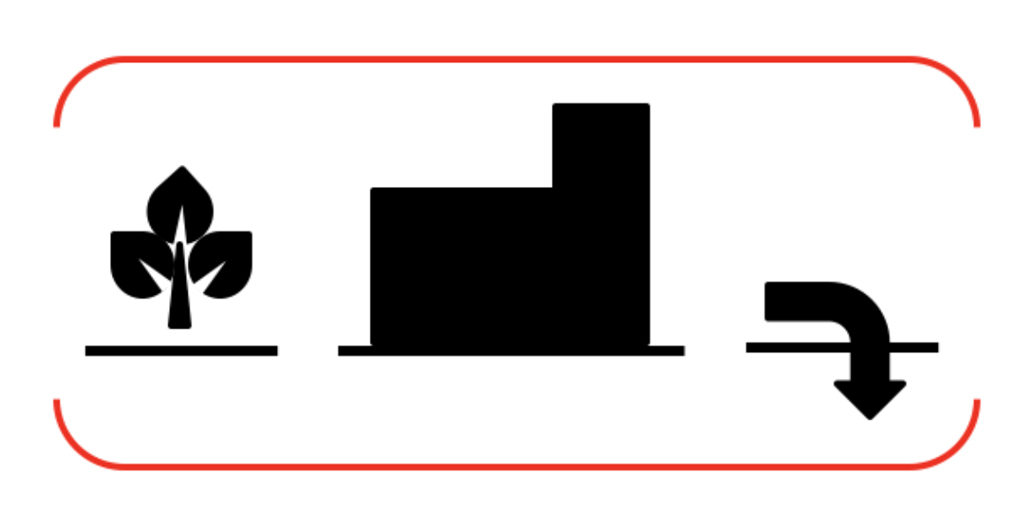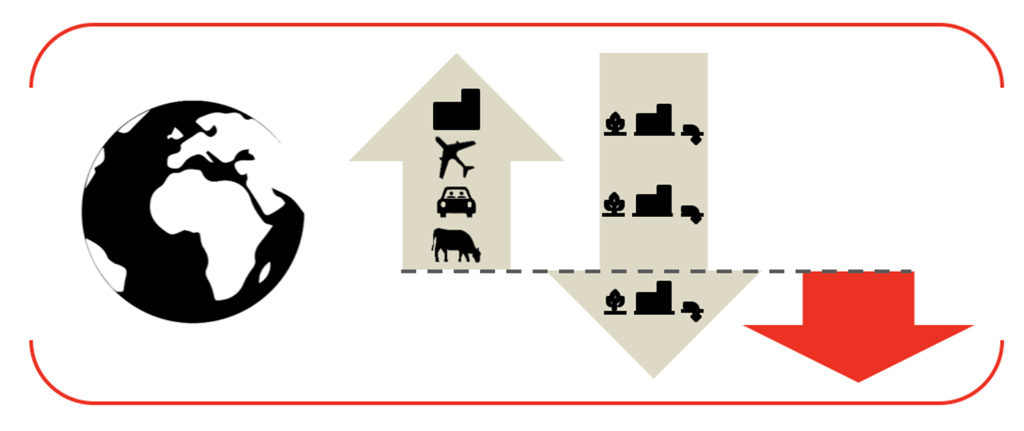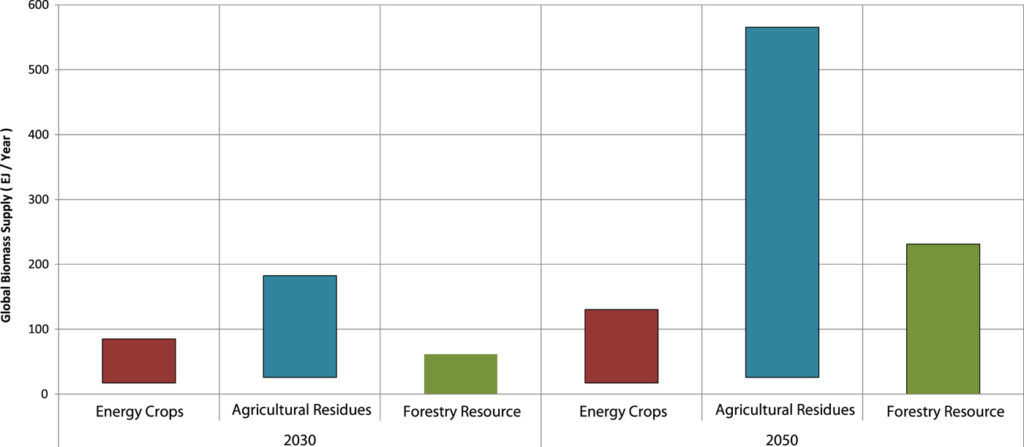
Guest post: Six key policy challenges to achieving ‘negative emissions’ with BECCS
Multiple Authors
08.28.18Multiple Authors
28.08.2018 | 1:26pmDr Clair Gough and Dr Sarah Mander are senior research fellows at the University of Manchester and Dr Naomi Vaughan is a senior lecturer at the University of East Anglia. They are all part of the Tyndall Centre for Climate Change Research.
Biomass energy with carbon capture and storage (BECCS) features as a key technology for delivering the Paris Agreement on climate change. It is included in many pathways developed using integrated assessment models (IAMs).
Although technical challenges remain, arguably the toughest hurdles for BECCS are non-technical. In a recent paper published in the journal Global Sustainability, we set out six key policy and governance challenges to delivering global net-negative emissions with BECCS.
![]()
These include making BECCS work at scale, in time, fairly and sustainably, in order to provide global net-negative emissions to contribute towards the 1.5C Paris goal.
1) How does BECCS fit with carbon budgets?
BECCS is not an alternative to decarbonisation. Even with substantial negative emissions, staying within the carbon budget for 1.5C will require a sharp acceleration in the rate of decarbonisation across the entire energy system.
Global net-negative emissions will only be achieved when negative emissions are greater than all other anthropogenic emissions – for example, from energy and agricultural systems. The smaller the emissions from these other sectors, the smaller the reliance on negative emissions to reach net-zero emissions or below.
The series of schematics below explains some of the terminology and shows how individual BECCS supply chains could be brought together as part of a system with global net-negative emissions.
Each individual BECCS supply chain consists of biomass cultivation and harvest (shown in the schematic, below left) followed by biomass energy use (below centre) and CO2 storage (below right, in red brackets). This CO2 storage is not, on its own, negative emissions.
The combined elements of a BECCS supply chain, shown in red brackets in the schematic below, can potentially generate negative CO2 emissions. This needs to take into account any carbon lost to the atmosphere all the way along the supply chain, including: emissions associated with land-use change; fossil fuel emissions generated during harvest, processing and transport of the biomass to the power station; and leaks during capture, transport and storage of the resulting CO2.
A series of BECCS supply chains around the world may contribute negative emissions at a global scale, shown in the schematic below.
 Global net-negative emissions are shown in the schematic, below (rightmost arrow). To achieve this, the amount of CO2 removed from the atmosphere using negative emissions approaches such as BECCS (centre arrow) would have to be greater than greenhouse gas emissions from all other anthropogenic sources, including energy and agriculture (left arrow).
Global net-negative emissions are shown in the schematic, below (rightmost arrow). To achieve this, the amount of CO2 removed from the atmosphere using negative emissions approaches such as BECCS (centre arrow) would have to be greater than greenhouse gas emissions from all other anthropogenic sources, including energy and agriculture (left arrow).
 The schematic above illustrates the valuable role BECCS could play in compensating for emissions in sectors which are more challenging to decarbonise, such as aviation, some industry, shipping, road freight and agriculture.
The schematic above illustrates the valuable role BECCS could play in compensating for emissions in sectors which are more challenging to decarbonise, such as aviation, some industry, shipping, road freight and agriculture.
It has also been suggested that negative emissions may, in principle, be used to compensate for delays in emissions peaking, drawing down atmospheric CO2 concentrations after a temporary overshoot of long-term targets.
However, there are ethical considerations – for example, moral hazard – around depending on approaches which may not, ultimately, be implemented at sufficient speed, scale and effectiveness to fully compensate for overshoot.
There are also huge uncertainties around the extent to which future compensation for near-term overshoot of carbon budgets is possible. This further emphasises the importance of near-term mitigation and reducing energy demand.
2) How negative is BECCS?
A BECCS supply chain has multiple stages, from growing, harvesting, treating and transporting biomass, to energy conversion processes – for example, to produce electricity or hydrogen – through to CO2 capture, compression, transport and storage.
This entire life cycle needs to be considered to ensure projects are genuinely negative emissions overall. Such assessments depend upon a variety of explicit and implicit assumptions, involve a multiplicity of variables and may suffer from limited data availability.
For bioenergy, these issues are amplified by the variety of feedstocks and variability of their quality, by biomass conversion processes and co-products and by the substitutional effects for land and materials.
Although BECCS presents new challenges for making these life-cycle assessments (LCAs), using this approach allows us to see trends and sensitivities – for example, identifying emission hotspots – across the supply chain and, hence, help to improve BECCS systems.
To account for and allocate emissions reductions accurately and fairly (challenge number six, below), it is essential to understand the life cycle environmental impacts of BECCS.
3) Can BECCS be delivered in time and at sufficient scale?
New infrastructure built now is likely to be still in place in 2050, so immediate and near-term policy decisions will determine what happens in the coming decades. Furthermore, for BECCS to contribute to achieving the Paris goals, it must be in commercial-scale operation by the 2030s, with infrastructure for transporting and storage CO2 in place.
If there is no carbon capture and storage (CCS) from fossil fuels, there will likely be no BECCS. There are currently 17 operational CCS projects worldwide storing 37m tonnes of CO2 per year (MtCO2).
It would require 50-270 times this capacity, with its associated transport and storage infrastructure, to deliver BECCS at the scale assumed in IAMs – typically 2,000-10,000MtCO2 stored per year by 2050.
In contrast to CCS, large-scale deployment of BECCS would create the need for trade and transportation of biomass feedstocks, connecting available land to produce the biomass resource with energy infrastructure and CO2 storage sites, across national boundaries.
4) Can sufficient biomass be provided sustainably?
The availability of suitable biomass resource will be integral to balancing the future demands of the bioenergy sector – of which BECCS is just one element – with other uses of land.
The chart below shows ranges of sustainable biomass resource availability by 2030 (left three columns) and 2050 (right columns). Of note is the significant potential for agricultural residues, which are likely to be essential to supply a possible 300 exajoule per year (EJ/year) biomass requirement for BECCS in some modelled scenarios. Nevertheless, global net-negative emissions will have significant implications for changes in land use.

Global biomass supply ranges of key categories of biomass resource (Gough et al. (2018))
With global trade and increasing production of biomass come more complex supply chains and barriers that may, directly or indirectly, restrict the production, processing or movement of resource.
These barriers may be technical, logistical, regulatory, or geopolitical. Furthermore, bioenergy systems and supply chains have the potential for both wide-ranging positive and negative social, economic and environmental impacts
Sustainability issues are particularly pertinent to bioenergy as, in many cases, feedstocks are directly linked to communities, farms, forests and ecosystems from which the resources are produced or extracted, all with significant civil society implications.
This means bioenergy production for BECCS has the potential for significant social and justice implications which could severely impede its deployment at scale.
5) How does BECCS fit with other climate and environment policies?
CCS and BECCS add a cost to an existing process to deliver a service which is not currently valued, namely long-term storage of CO2. The key driver for CCS and BECCS is the diminishing carbon budget. Their deployment will, thus, be dependent on either some type of carbon-pricing mechanism or tighter regulatory controls to limit energy-system emissions.
CO2 transport and storage infrastructure requires significant capital investment and a strong policy signal will be essential to stimulate the necessary investment decisions. Carbon pricing or emissions trading schemes are one route for incentivising investment in CCS, but are currently insufficient to have a substantive impact on its deployment and do not yet cover negative emissions from BECCS.
Including negative emissions in future trading schemes while ensuring that total emissions are reduced in line with the Paris Agreement, would require “BECCS allowances” to be defined in such a way that they are distributed only for net-negative emissions, rather than for all CO2 stored.
Furthermore, a sustainable future with increased global trade of biomass will be reliant on the alignment of existing and new regulations and policy goals, including global sustainability goals. This implies strategic land-use planning in order to meet climate targets without compromising development, biodiversity or other environmental goals.
6) Who gets the credits for negative emissions from BECCS?
Current accounting and emission reporting systems and methodologies often fail to capture the breadth of the bioenergy sector, with its related uncertainties across temporal, spatial and sectoral interfaces.
Introducing CCS will further complicate accreditation of negative emissions to sectors or nations. It will also make it crucial to design effective monitoring, reporting and verification, as well as liability arrangements across the very long timescales – centuries – over which stored CO2 must remain secure.
From an accounting perspective, there is a question of who receives credit for the long-term carbon storage from CCS since, currently, biomass producers are accounted for natural carbon sequestration while bioenergy users are not accounted for the release of this carbon.
Many bioenergy supply chains are international, with production in one region and energy conversion and CO2 storage in other regions. The Intergovernmental Panel on Climate Change (IPCC) provides methodologies and guidelines for accounting for these emissions nationally. However, this does not necessarily capture the breadth and complexity of BECCS systems to deliver global net-negative emissions.
Considering the lifecycle of a full supply chain, rather than national inventories, can provide a clear picture of when, where and what type of greenhouse gases are released.
While we have suggested approaches which may help to address some of these challenges, further research needs to consider how BECCS fits in the context of other mitigation approaches, how it can be accommodated within existing policy drivers and goals, identify where it fits within the wider socioeconomic landscape, and ensure that genuine net-negative emissions can be delivered on a global scale.
Making use of BECCS to materially contribute to achieving the Paris goals would require international cooperation and new policy frameworks, including a mechanism that values and accounts for negative emissions at a global scale.
Achieving global net-negative would take many decades to materialise and would be strongly dependent on how much CO2 is still emitted from the rest of the energy, industry and land use sectors. This means BECCS is a possible complement to emissions cuts – but not a replacement for them.
-
Guest post: Six key policy challenges to achieving ‘negative emissions’ with BECCS


